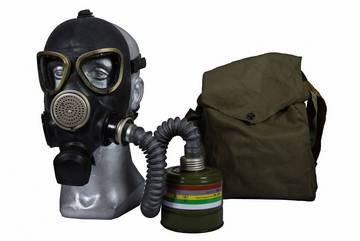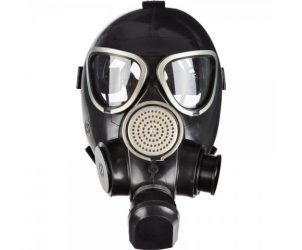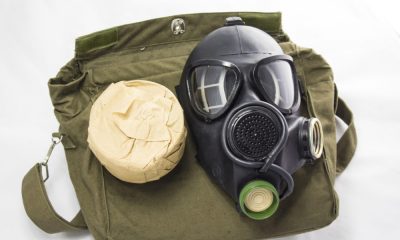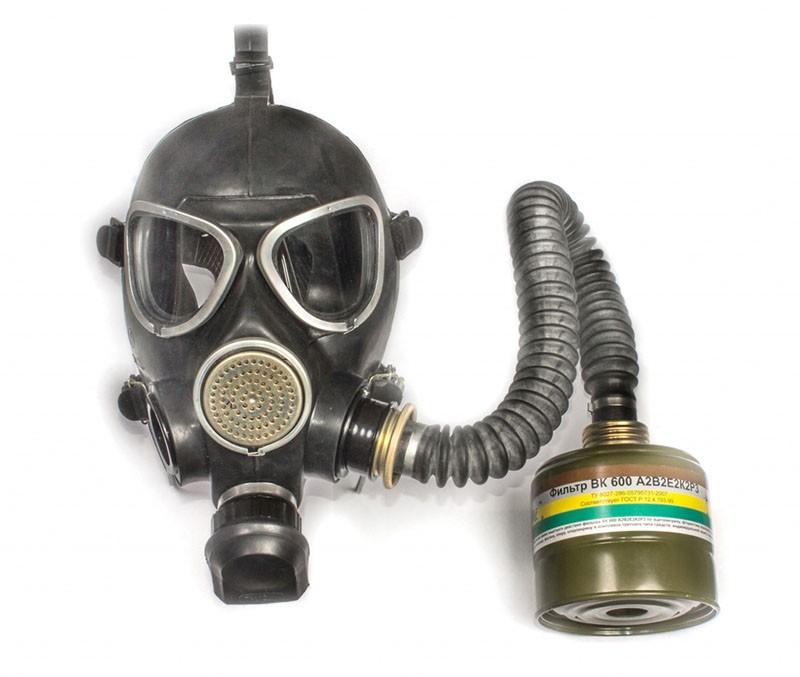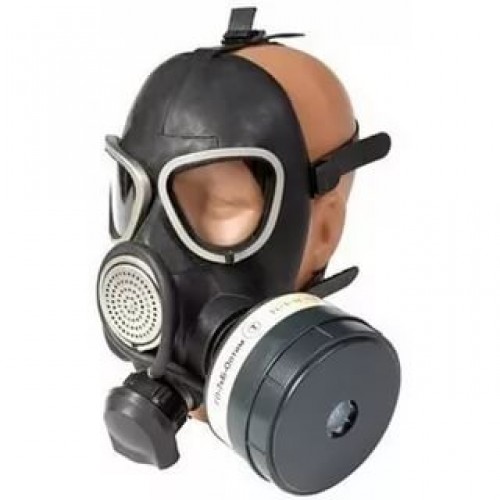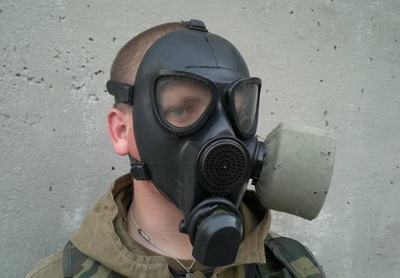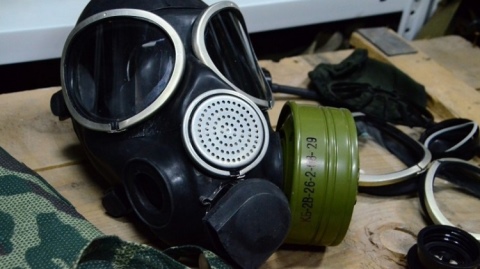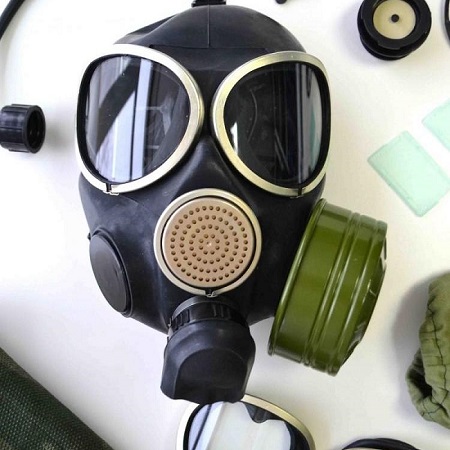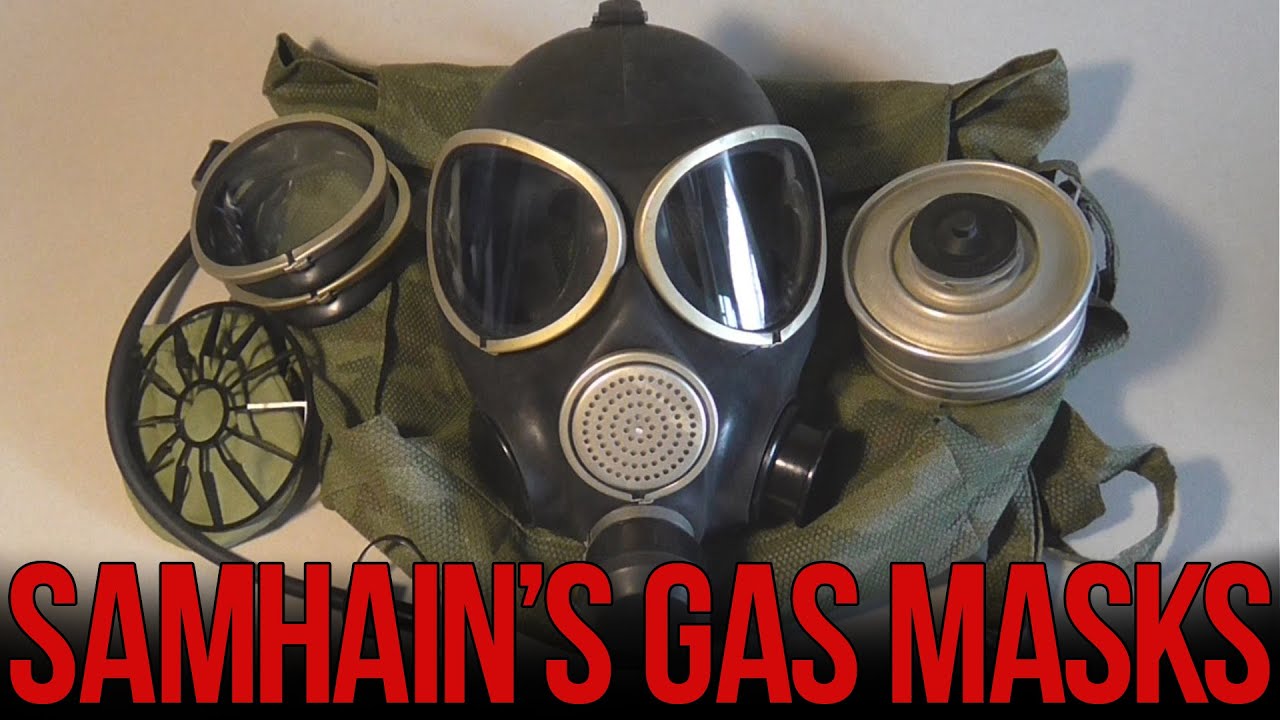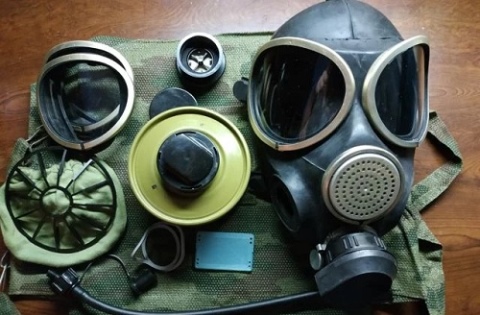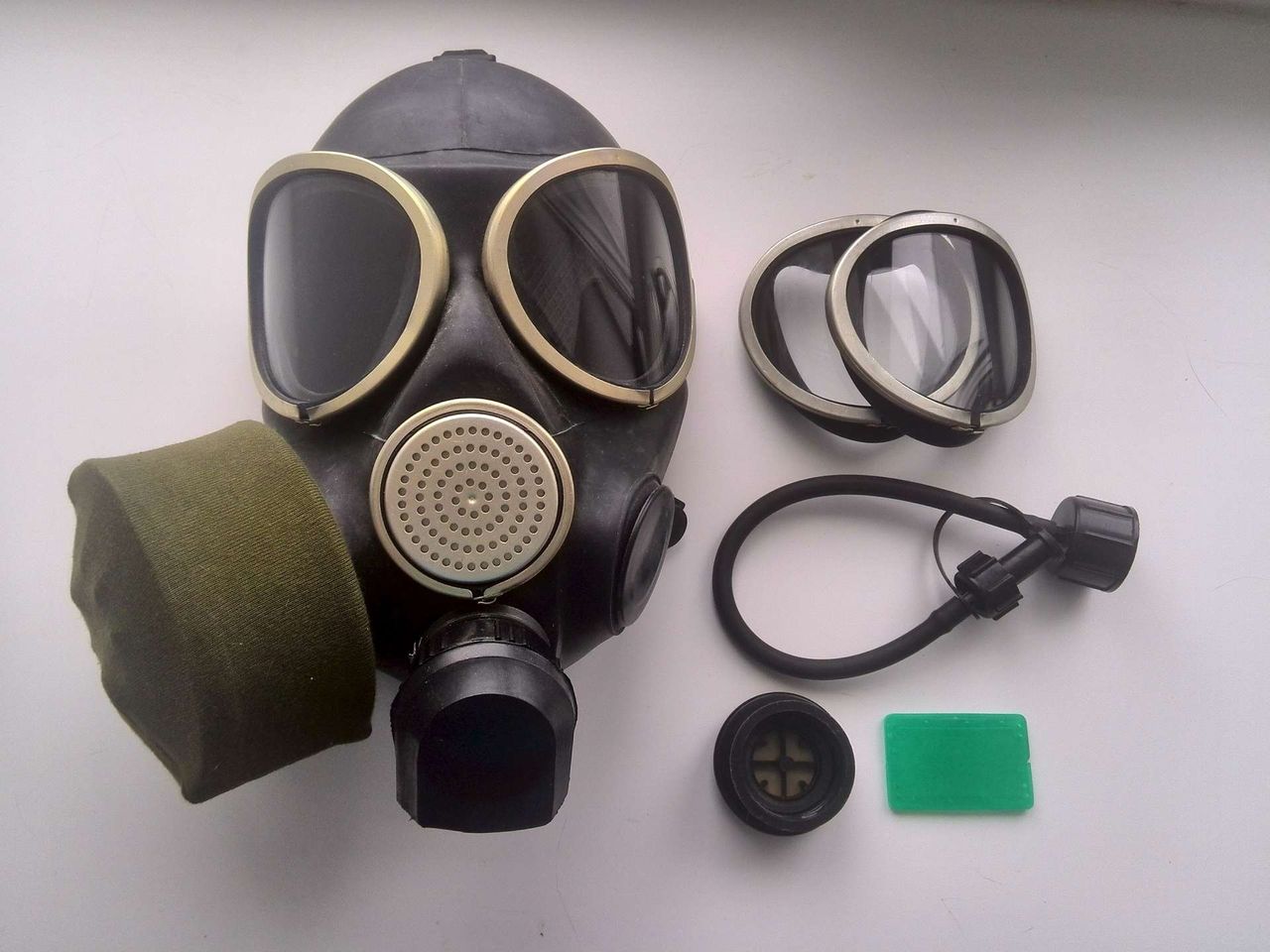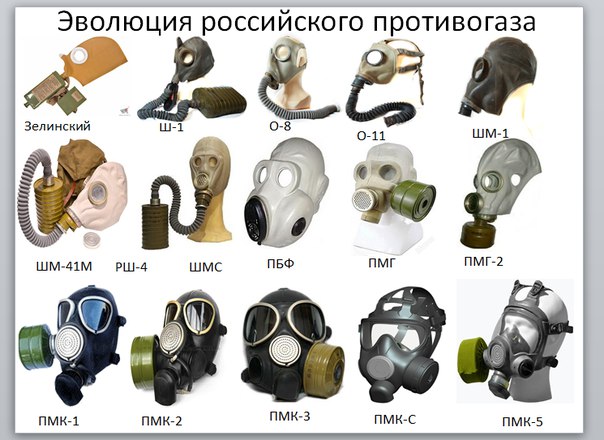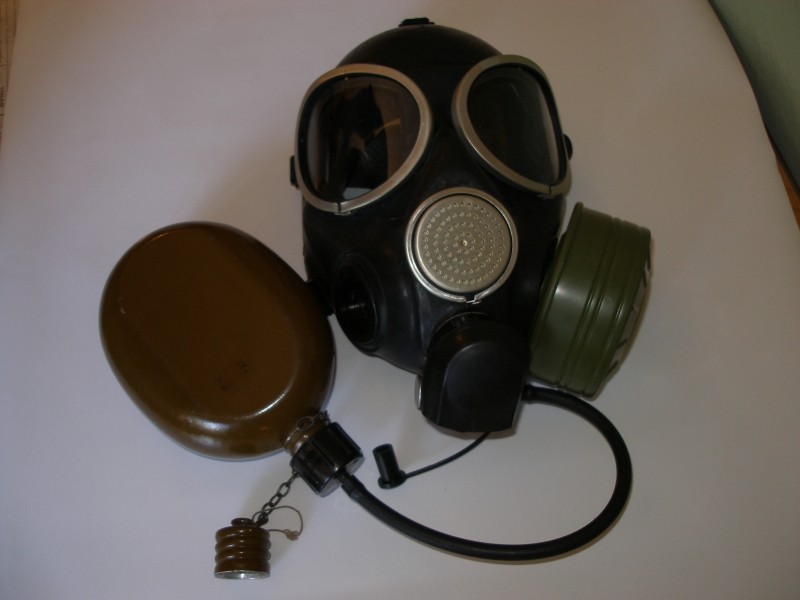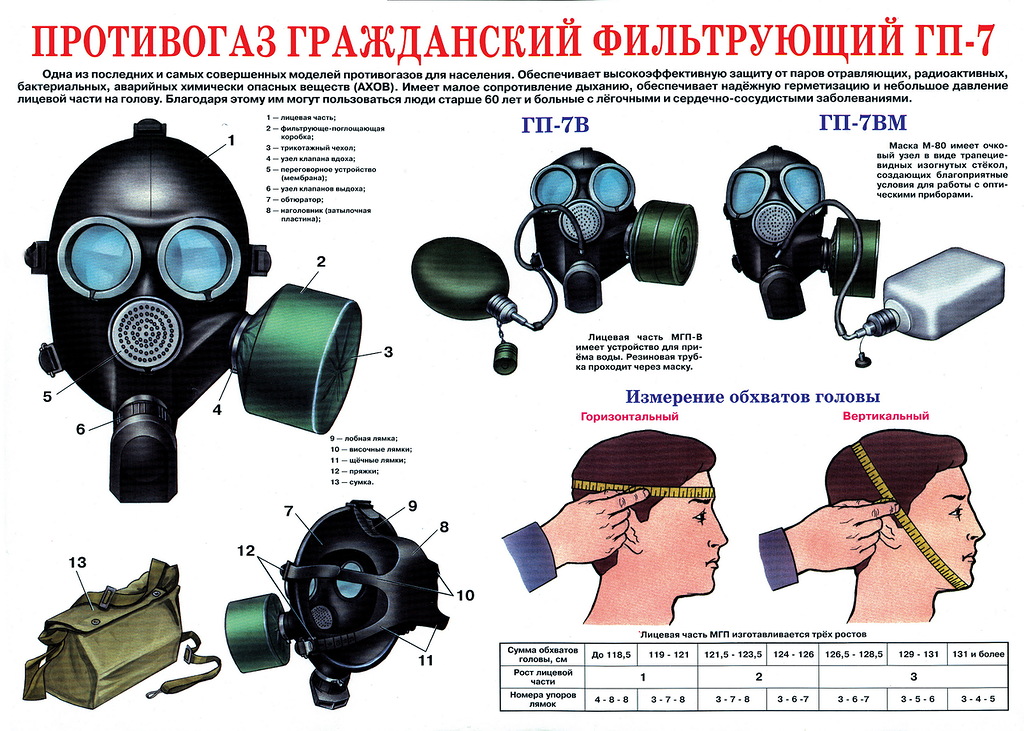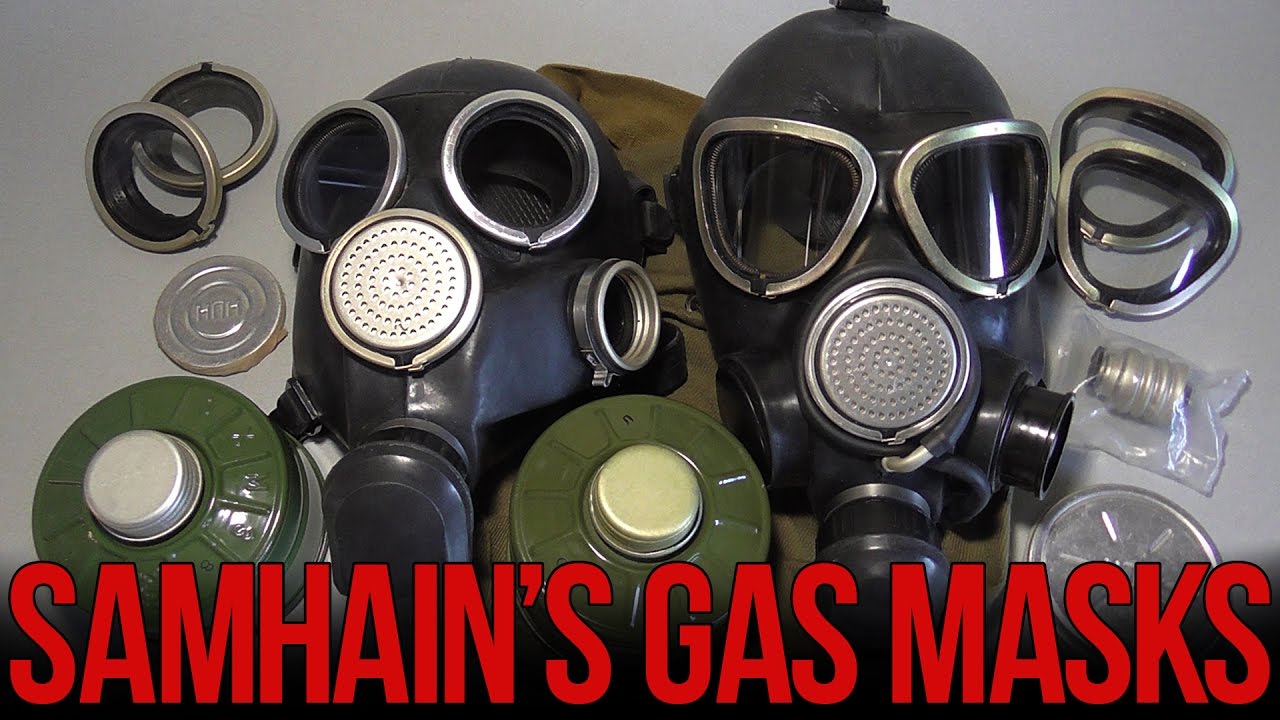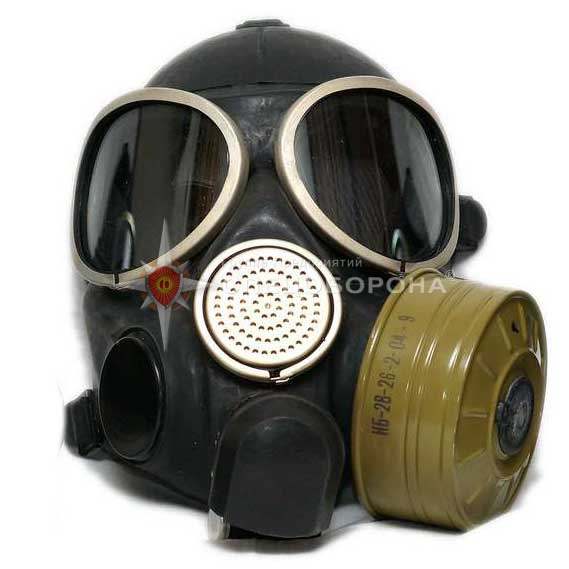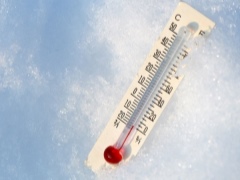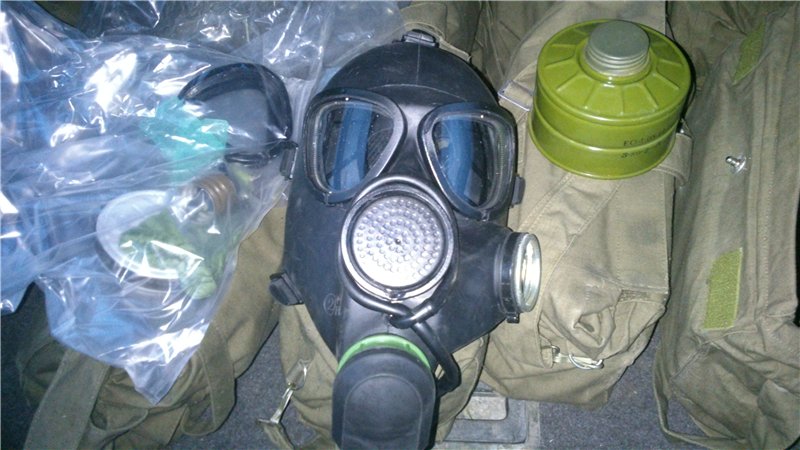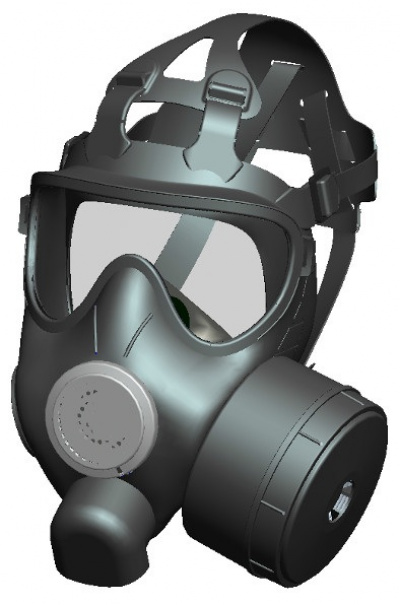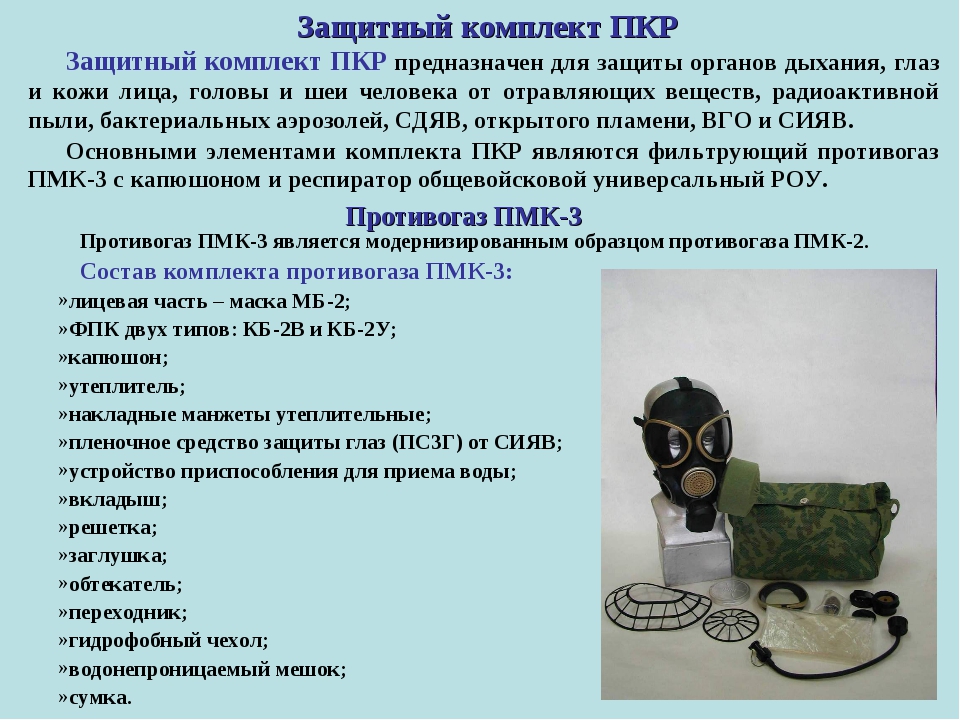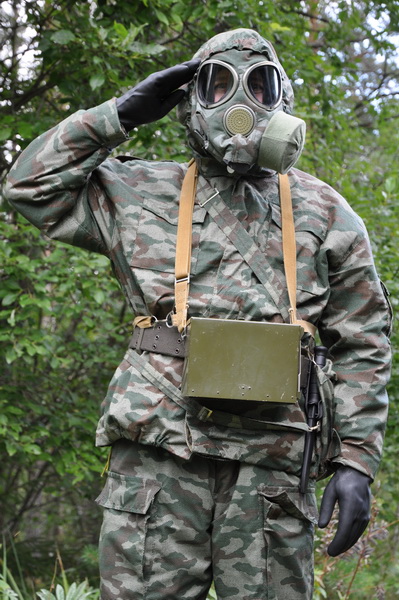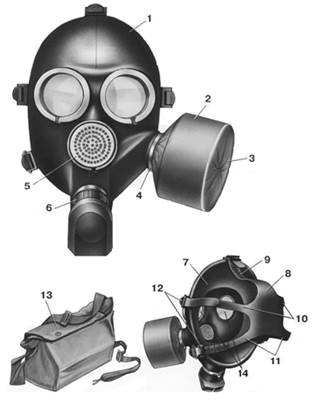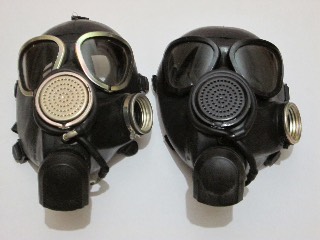Rules for choosing the right size
At first glance, it seems that any gas mask can suit a person. In fact, these devices, like hats, have sizes.
To choose the right gas mask, you need to know two parameters: vertical and horizontal head circumference. The first indicator is measured along the length of the vertical line passing through the chin, cheeks and crown.
The horizontal girth is a closed line running along the brow ridges, 2-3 cm above the auricle and through the most protruding back of the head (Figure 3).
Figure 3. All products are selected strictly according to size
Adblock detector
Device and principle of operation
The design of the PMK is a helmet-mask with adjustable rubber mounts and a filter box, which are attached to each other by means of a bayonet connection or a thread with a diameter of 40 mm (Kr40x4 in accordance with GOST 8762-75).
The kit may include:
- helmet-mask of different colors with enlarged glasses for easier visibility when shooting;
- FPK with improved protection system;
- rubber plug;
- adapter for threaded filters;
- protective film from SIYAV;
- sealing rings;
- non-removable device with a speech membrane;
- knitted hydrophobic cover for FPK;
- warming cuffs;
- canvas bag made of two-layer fabric with a button and two textile fasteners.
Unlike civilian devices, they have a drinking system with a tube that connects to a flask. The set has a special cap that supplies liquid only when connected to a mask.
The principle of operation of filtering PMK:
- due to the anti-aerosol filter, the air is purified from aerosols;
- the vapors are neutralized thanks to the absorbing carbon catalyst.
Unlike insulating PPE, which, although they have their own autonomous oxygen saturation system (using a built-in special cylinder), completely restricting the access to ambient air, they have a limited period of validity (up to several hours).
Step-by-step instructions for preparing the PMK for work.
- One of the valves is sealed with a rubber plug (up to the PMK-3 series), and a filter box is attached to the second, or two at the same time in later versions.
- In accordance with the type of fastening (thread or bayonet), the filter box is either screwed in until it stops, or by axially scrolling the parts clockwise, the bayonet of the neck is aligned with the recess until it is completely sealed. The latter method is more reliable and is used even in fire hydrants at increased vibration loads and pressure, but the first option is much easier to implement in the field. There are special adapters for combining threaded bayonet masks or vice versa.
- In modern versions, a textile protective cover is put on the FPK against dirt and precipitation.
- The pipe of the drinking system is screwed onto the flask, in new models it is removable and does not interfere with the conversation.
Description and purpose
The PMK can be deciphered as "full-face mask box". It belongs to military filtering devices to protect the respiratory system, eyes and skin from harmful chemical and other impurities. At the same time, the oxygen content in the atmosphere should not be less than 18%, since the gas mask does not have its own independent oxygen supply system, as in PPE (personal protective equipment) and hose respirators.
However, the shelf life and storage conditions of the filter box are in the most important place, since it has a limited time of use.
Today, there are many different types of gas masks and brands of filters designed for certain substances that cannot exceed 82% of the total air volume. These products are effective against radiation, vapors, most toxins, gases and airborne aerosols, including viruses and bacteria.
According to the field of application, in addition to the military, there are models:
- civil (adults or children);
- industrial.
The former do not require additional skills to use, but every common person hopes that they will never come in handy. The latter are an important tool for the survival of intelligence officers when performing dangerous work.
When it comes to performance and protection, PMC is truly the best option. Serves as a rescue from fast and slow acting BOV (chemical warfare agents):
- biological and chemical weapons - dangerous pathogens causing epidemics, non-lethal and lethal SDYAV, tear and irritating, nerve-paralytic, psychogenic and asphyxiant substances;
- aerodispersed cloud of radioactive substances;
- to protect the organs of vision from nuclear and thermonuclear light radiation, special films (PSZG-2) are used.
Storage
With proper operation, the gas mask will last up to 2 years, after which it must be discarded or replaced with filters.
The helmet mask is made of a polymer composite material with a rubber 6-strap headgear, and the filter consists of a metal case with a special cover. The period of destruction of the materials that make up the gas mask is indicated in the passport and markings on the body. The shelf life of FPC directly depends on the conditions in which it is stored, and is usually 3-5 years if the valves were closed with plugs on both sides.
Storage conditions:
- well ventilated room with back-up lighting in case of power outages;
- bars on the windows;
- hard flooring;
- the presence of direct sunlight is unacceptable;
- temperature - from +5 to +15 degrees;
- compliance with humidity up to 60%, without sudden temperature changes of more than 5 degrees;
- regular sanitation, prevention and extermination of rodents and insects.
Before each use of the gas mask, a tightness test and a visual inspection for the integrity of all components are carried out. Damage on rubber parts, scratches and cracks on glass, loose fasteners, corrosion and dents on metal elements, breakdowns in threads, signs of moisture or talcum powder during fitting are unacceptable.
Modern PMK gas masks are in high demand not only in the army, but also among civilian lovers of tourism and history in the Exclusion Zone of the Chernobyl nuclear power plant.
The following is a video review of PMK-1 and PMK-2 gas masks.
Major modifications
A complete overview of the 5 latest domestically produced military gas masks with detailed instructions for use and the most important factors to consider when buying them will help narrow down the choice of the best for survival.
PMK-1
It was first manufactured in 1970, and in the 80s serial production for the USSR Armed Forces began, later it received some application with the Russian Armed Forces. It used the same 40mm threaded mounts as most other Soviet gas masks. The first Soviet mask with triangular lenses and a drinking system. Due to the fact that the PMK-1 mask is relatively similar to the PMK-3, it is still used in Russia as a training gas mask.
Available in three sizes, numbered 1, 2 or 3.
PMK-2
After several years of service in the early 1990s, the PMK-1 was eventually replaced by the new PMK-2. In this version, the threaded mounts are replaced by bayonet mounts, which made it possible to fix the filter tightly enough so that it does not dangle. In addition, now it can be installed from any desired side (for left-handed shooters), a plug is inserted in the opposite direction.
Enlarged trapezoidal lenses for a wider field of view, rubber 5-point strap (replaceable), available in 3 sizes (small, medium and large respectively).
PMK-3
It is a gas mask of the current issue of the Armed Forces of the Russian Federation. In the 1990s, work began on a project to replace gas masks, since the Soviets were able to install the FPC on only one side.
Backward compatible with old Russian filters (using an adapter). Features larger glasses and a screw-on drinking tube adapter equipped with a shuttle valve cover. The reduced weight is only 960g.
Supplied with a new protective filter cover for heavy snow and rain conditions. It also includes a plastic spacer that creates an internal gap and improves the efficiency of the FPC, as opposed to the old filter cover which obstructed the passage of air a little.
PMK-4
It is a panoramic full-face protection device with a speech diaphragm, featuring a one-piece spectacle assembly as in imported devices. Otherwise, it is very similar to the previous version with a 40 mm threaded mount (Kr40x4 in accordance with GOST 8762-75). Bayonet filters can be connected using adapters.
PMK-5
The gas mask represents the latest fifth modernized model produced by the Russian company Tambovmash. Available in small and large sizes. For civilian use, there is a modification of the GP-21.
Has a flexible one-piece spectacle assembly (comparable to MCU-2, USA) and a rubber 6-point strap.
It has two 40 mm threaded holes with a plug and a voice diaphragm in front.

